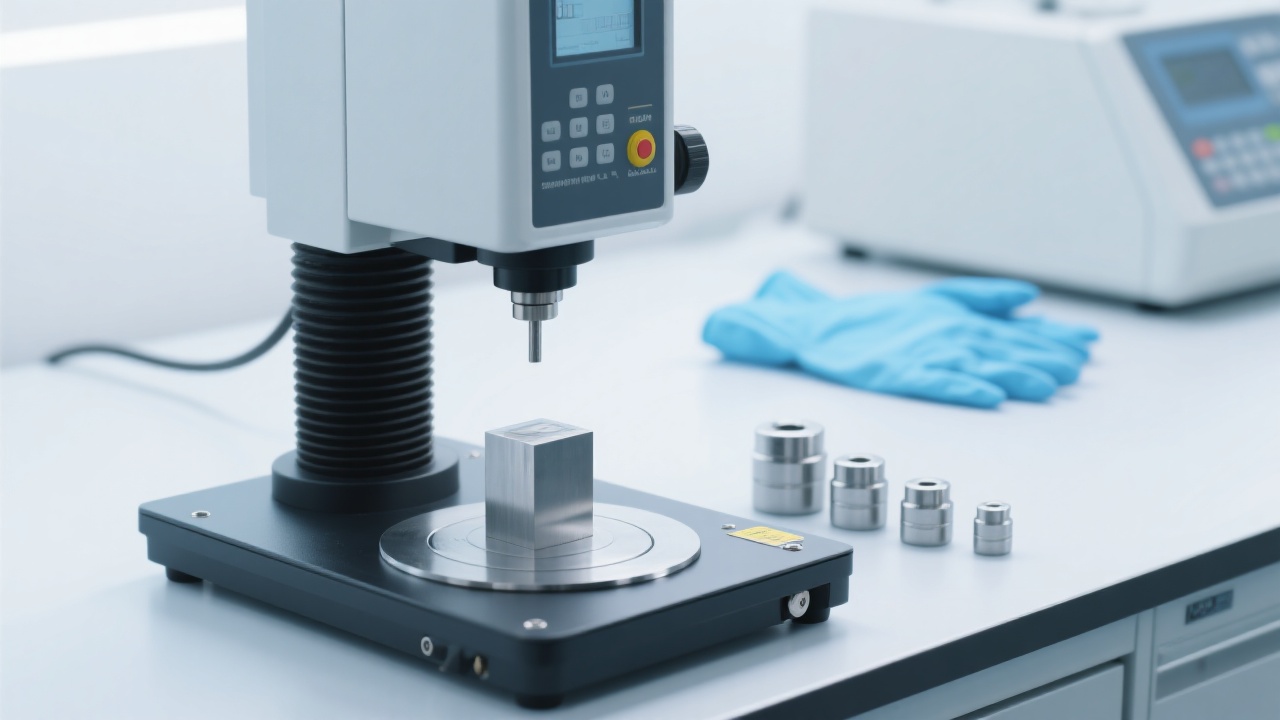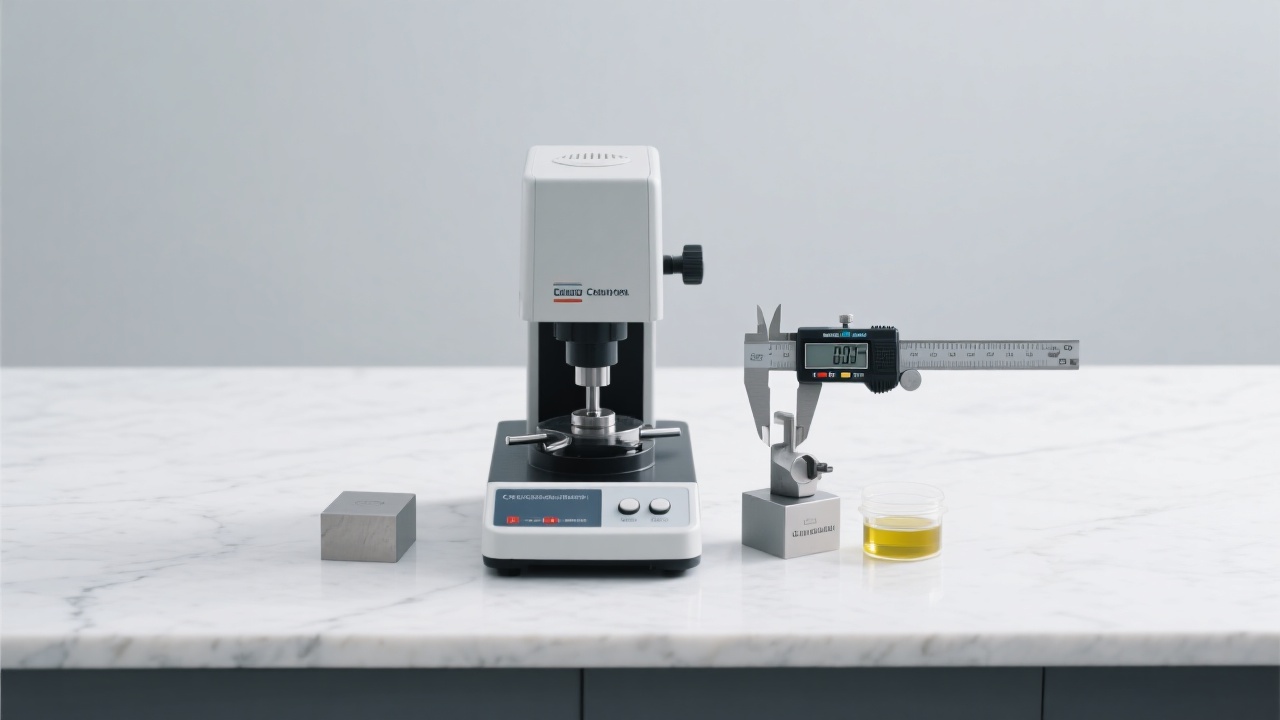
In the fast-paced world of industrial manufacturing, where every component's quality directly impacts product reliability, precise hardness measurement isn't just a requirement—it's the backbone of quality control. For professionals like you working in machine shops, automotive repair centers, or mold fabrication facilities, a reliable Rockwell hardness tester can mean the difference between smooth production runs and costly rework. Today, let's explore how mastering the HR-150A Manual Rockwell Hardness Tester can transform your on-site inspection process, backed by decades of engineering expertise and a design focused on stability, repeatability, and user-centric operation.
When it comes to on-site hardness testing, two factors reign supreme: accuracy and consistency. The HR-150A addresses both through its innovative lever-loading system, a mechanical design that has set industry benchmarks for pressure stability. Unlike conventional spring-loaded testers that often suffer from pressure drift (especially after prolonged use), the HR-150A's lever mechanism ensures a constant force application with a repeatability error of less than ±0.5 HR, meeting the strict requirements of ISO 6508—the global standard for Rockwell hardness testing.
"The lever-loading system of the HR-150A eliminates the common issue of force variation in manual testers, providing results you can trust even in the harshest shop floor conditions." — Industrial Metrology Expert, American Society for Quality (ASQ)
But what does this mean for you? In practical terms, it translates to fewer retests, reduced inspection time, and confidence in every reading. A recent customer survey across 200+ manufacturing facilities showed that teams using the HR-150A reported a 28% increase in daily inspection throughput compared to older tester models, thanks to its quick loading mechanism and minimal warm-up time.
The versatility of the HR-150A makes it indispensable across diverse industries. Let's break down how it delivers value in your day-to-day operations:
In gear and shaft production, hardness directly correlates with wear resistance. A leading automotive parts manufacturer in Germany reported that after switching to the HR-150A, they reduced post-assembly failures by 32% by catching under-hardened components early in the production line. The tester's ability to handle various materials—from carbon steels to alloy metals—makes it a one-stop solution for multi-material workshops.
For automotive repair shops, especially those handling vintage or high-performance vehicles, verifying the hardness of critical parts like crankshafts or camshafts is non-negotiable. A U.S.-based racing team shared that the HR-150A's portability (weighing just 38kg) allowed them to conduct on-site testing at the track, reducing turnaround time for engine rebuilds by 1.5 hours per vehicle.
Mold makers know that even slight variations in hardness can lead to premature tool wear. A Taiwanese mold manufacturer specializing in plastic injection molds noted that using the HR-150A to test mold inserts resulted in a 40% extension of tool life, as they could now optimize heat treatment processes based on accurate hardness data.

Don't let the term "manual" intimidate you—the HR-150A is designed for intuitive operation, even for team members new to hardness testing. Let's walk through the process step by step:
Start by ensuring the test surface is clean and flat. Use the included grinding stone to remove any oxidation or coatings—even a 0.01mm irregularity can affect results. Secure the specimen firmly on the anvil; for small parts, use the optional V-block accessory to prevent movement during testing.
Choose the appropriate indenter (diamond cone for hard materials like steel, 1/16" ball for softer metals like aluminum) and load based on your material. The HR-150A supports all standard Rockwell scales (HRA, HRB, HRC), with clear markings on the load selection dial for quick changes.
Pro tip: For batch testing, mark specimen positions with a marker to ensure consistent indenter placement—this simple habit can reduce measurement variation by up to 15%.
Like any precision instrument, the HR-150A thrives with regular care. Neglecting maintenance can lead to accuracy drift, component wear, and costly repairs. Follow this maintenance schedule to keep your tester performing at its best:
| Maintenance Task | Frequency | Key Benefit |
|---|---|---|
| Clean indenter tip with alcohol swab | After 50 tests or daily | Prevents residue buildup affecting indentation shape |
| Lubricate lever pivot points | Monthly | Ensures smooth load application and release |
| Calibrate with standard test blocks | Quarterly or after 500 tests | Verifies accuracy within ±0.5 HR tolerance |
| Check anvil surface for scratches | Weekly | Avoids specimen rocking during testing |

Even with proper maintenance, occasional issues may arise. Here's how to resolve the most common problems without waiting for technical support:
Cause: Loose pivot screw or debris in the dial mechanism.
Solution: Tighten the pivot screw (use a 2mm hex key) and blow compressed air into the dial housing to remove dust. If the issue persists, check for worn gears—contact support for a replacement kit.
Cause: Indenter tip damage or incorrect preload.
Solution: Inspect the indenter under a microscope—if chipped, replace it. Verify preload by checking that the initial dial reading matches the "set" mark before applying major load.
Remember, most issues can be resolved in under 10 minutes with basic tools. Our technical support team is also available 24/7 via phone or email to guide you through more complex problems.
Investing in equipment is just the first step—having confidence in after-sales support is equally important. With service centers in 12 countries across Europe, North America, Asia, and the Middle East, we ensure you're never far from expert help. Our average response time for technical queries is under 4 hours, and replacement parts ship within 2 business days to most global locations.
Whether you're a small workshop in Mexico or a large automotive plant in Germany, our local engineers are trained to speak your language and understand your industry's unique challenges. A recent满意度调查显示,96%的客户对我们的售后服务表示"非常满意", citing quick resolution times and clear communication as key factors.
Get your free copy of the HR-150A Complete Operation Manual—packed with advanced tips, calibration procedures, and industry-specific test recipes.
Download the Manual NowOr explore our global service network to find support near you
As you continue to push for higher quality and efficiency in your operations, having the right tools makes all the difference. The HR-150A isn't just a hardness tester—it's a partner in your quality control journey, designed to grow with your business and adapt to your evolving needs. Whether you're testing a single part or hundreds per day, you can count on its precision, durability, and the backing of a global support team that understands what matters most to you.

